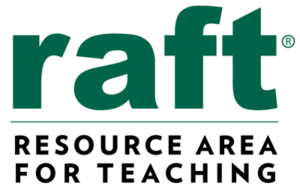Develop a model to describe that matter is made of particles too small to be seen. [ Examples: adding air to expand a basketball, compressing air in a syringe, dissolving sugar in water, & evaporating salt water.]||Next Generation Science Standards||Grade 5||Physical Science||Matter and its Interactions|||Make observations & measurements to identify materials based on their properties. [Examples of properties: color, hardness, reflectivity, electrical conductivity, thermal conductivity, response to magnetic forces, & solubility; density is not intended as an identifiable property.]||Next Generation Science Standards||Grade 5||Physical Science||Matter and its Interactions|||Analyze and interpret data on the properties of substances before and after the substances interact to determine if a chemical reaction has occurred. [Examples:burrning sugar or steel wool, fat reacting with sodium hydroxide, mixing zinc with HCl.]||Next Generation Science Standards||Middle School||Physical Science||Matter and Its Interactions |||Develop a model that predicts and describes changes in particle motion, temperature, & state of a pure substance when thermal energy is added or removed. ||Next Generation Science Standards||Middle School||Physical Science||Matter and Its Interactions |||Construct & revise an explanation for the outcome of a simple chemical reaction based on the outermost electron states of atoms, trends in the periodic table, & knowledge of the patterns of chemical properties. ||Next Generation Science Standards||High School||Physical Science||Matter and Its Interactions
